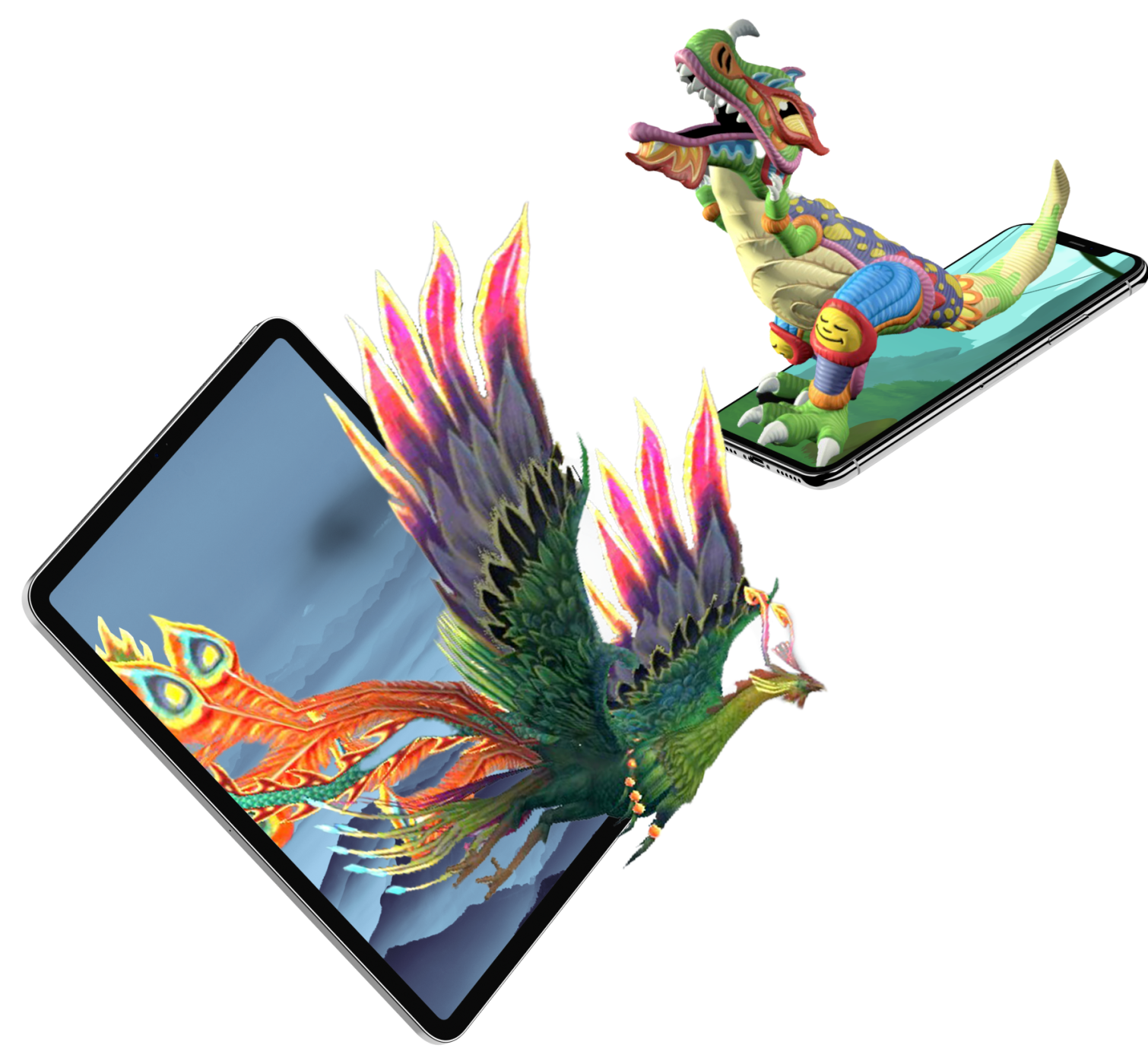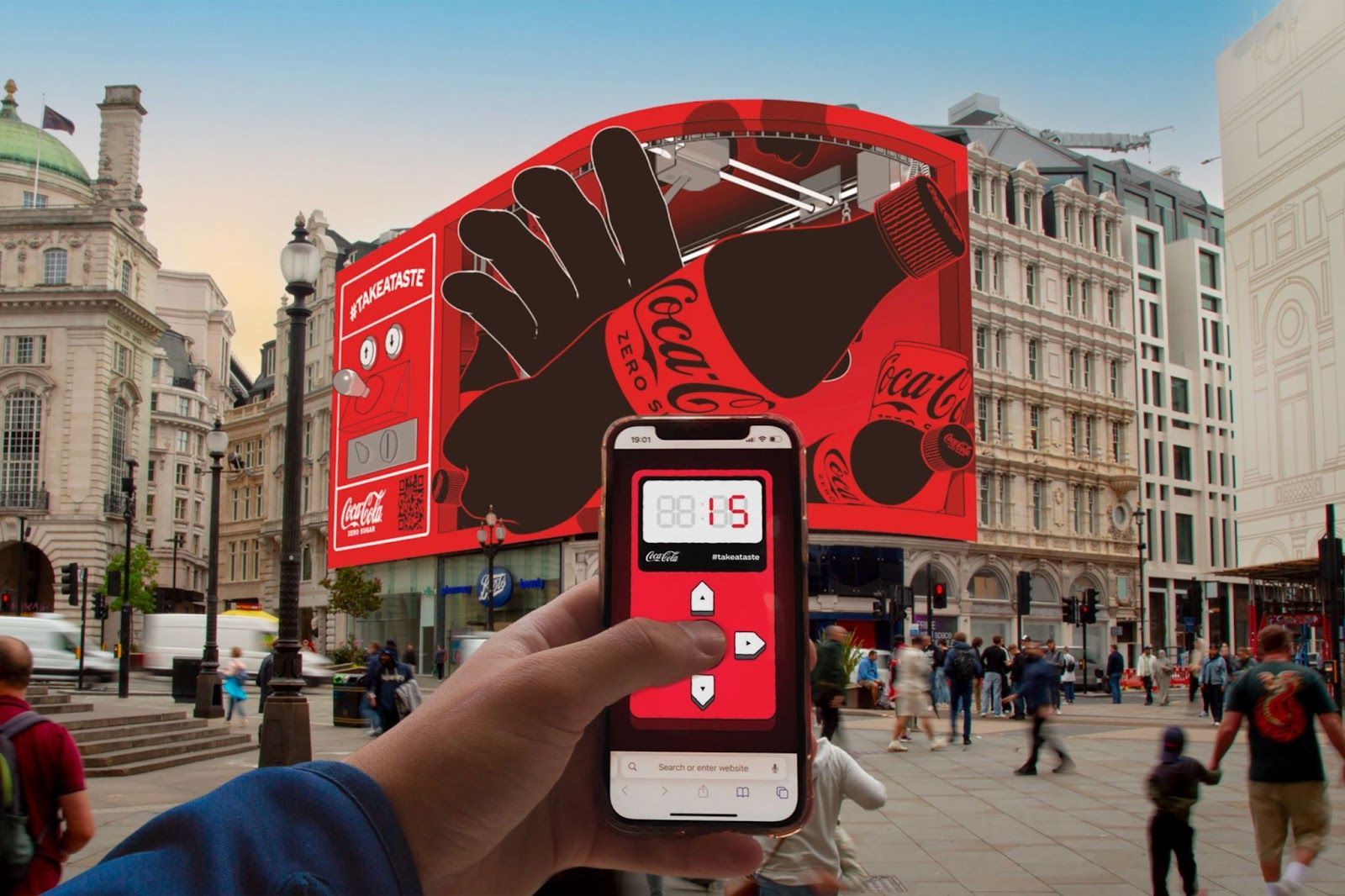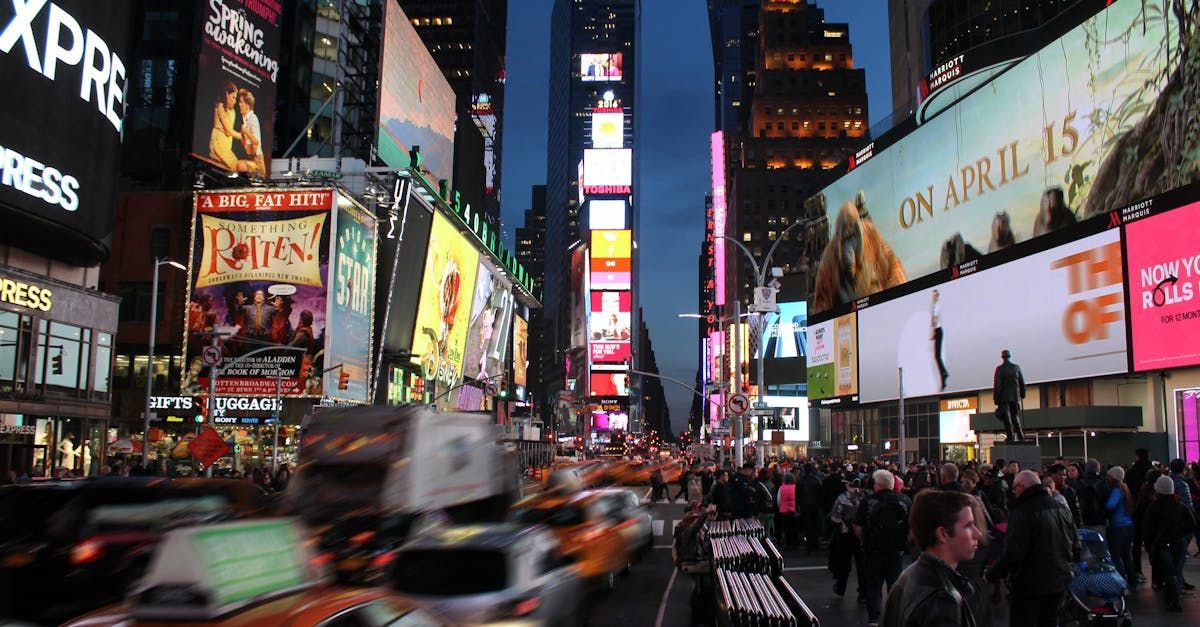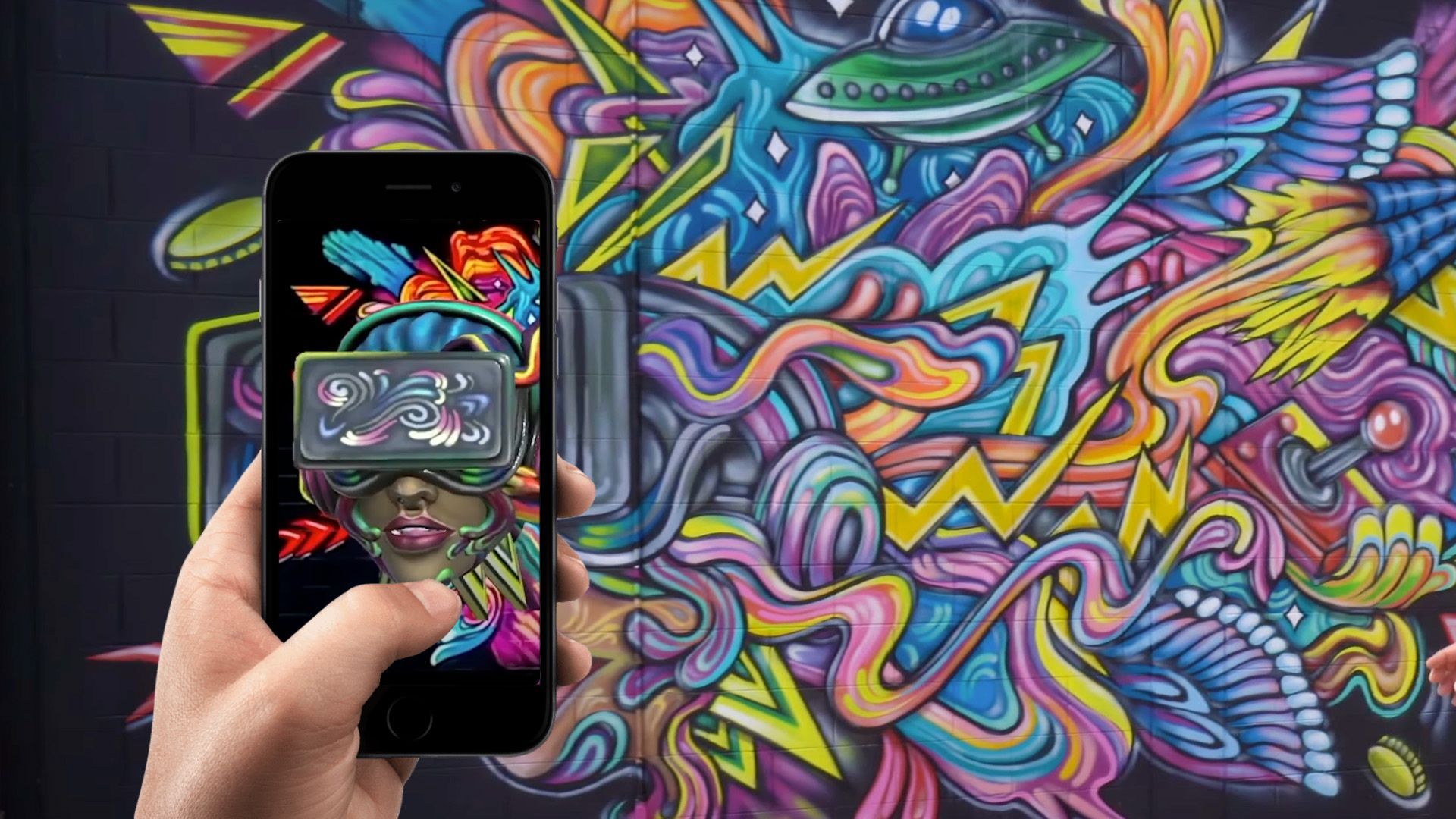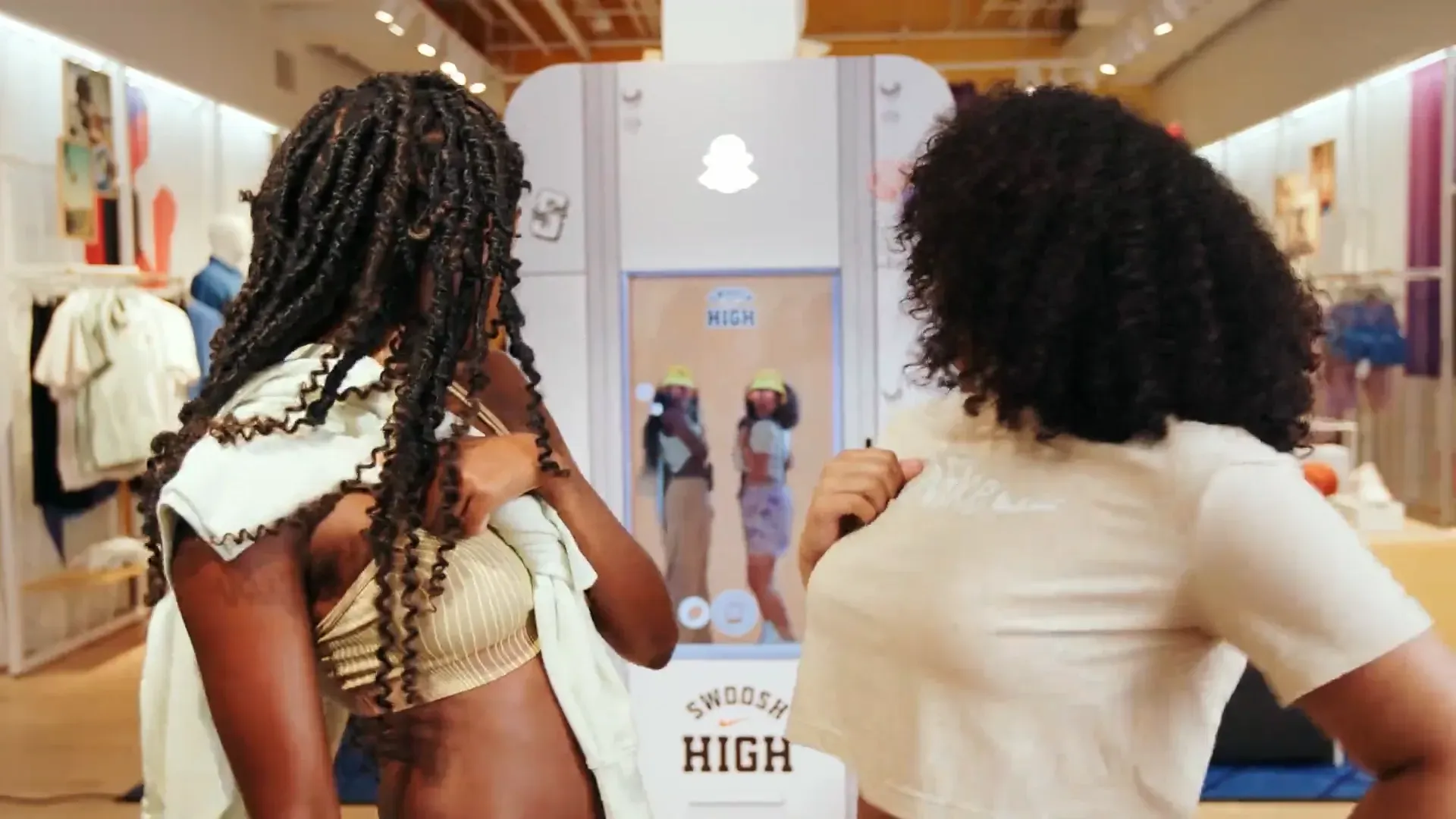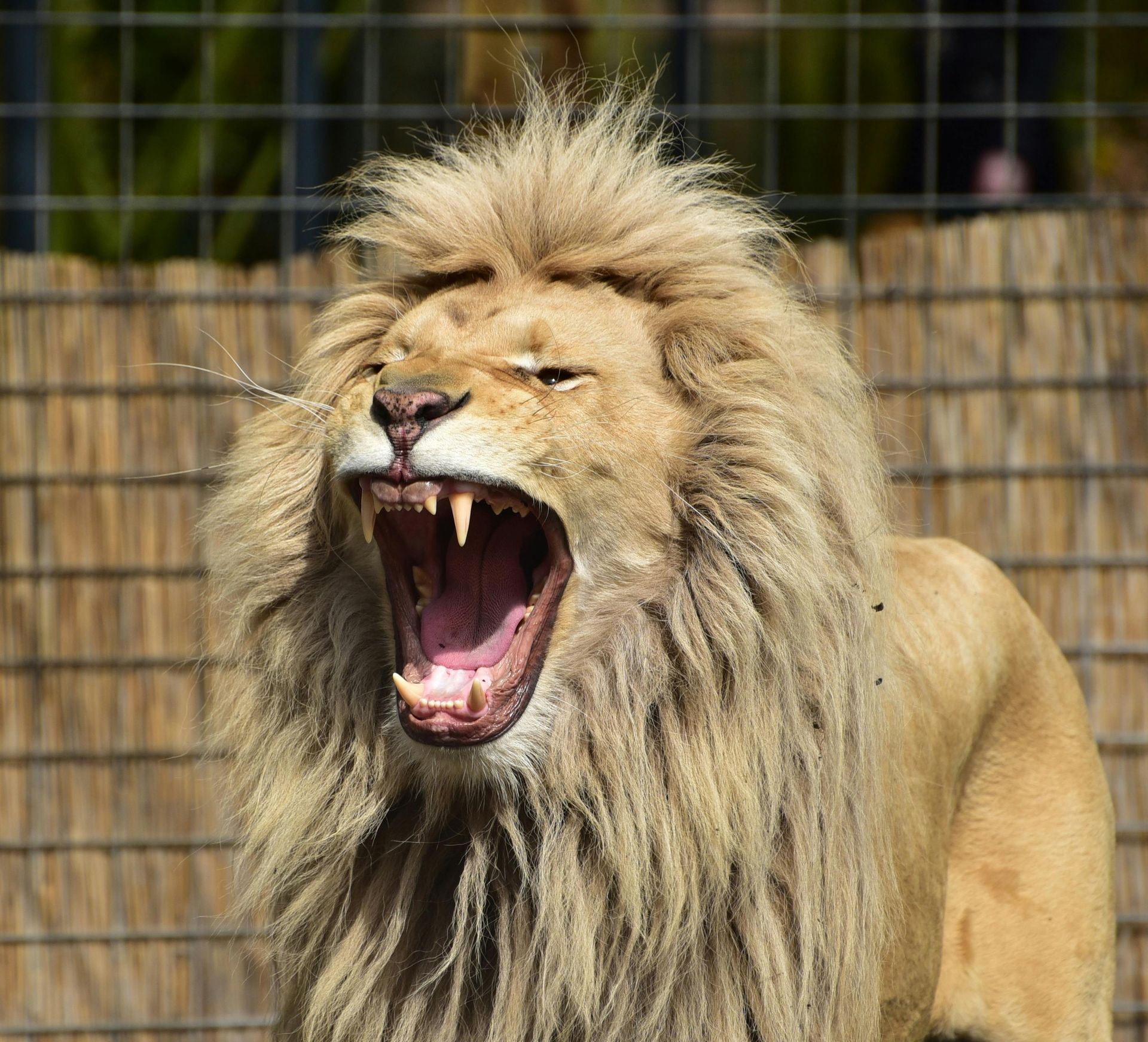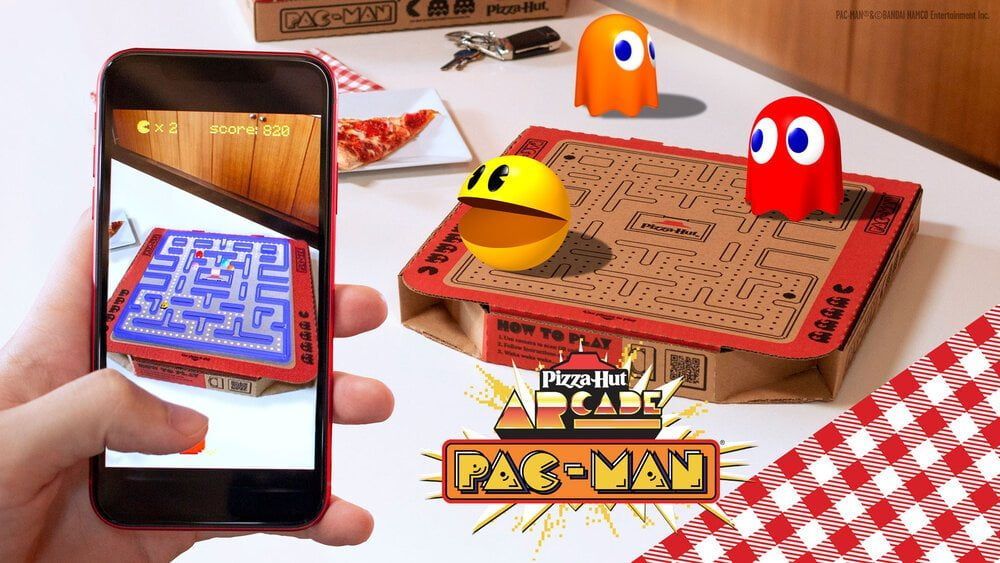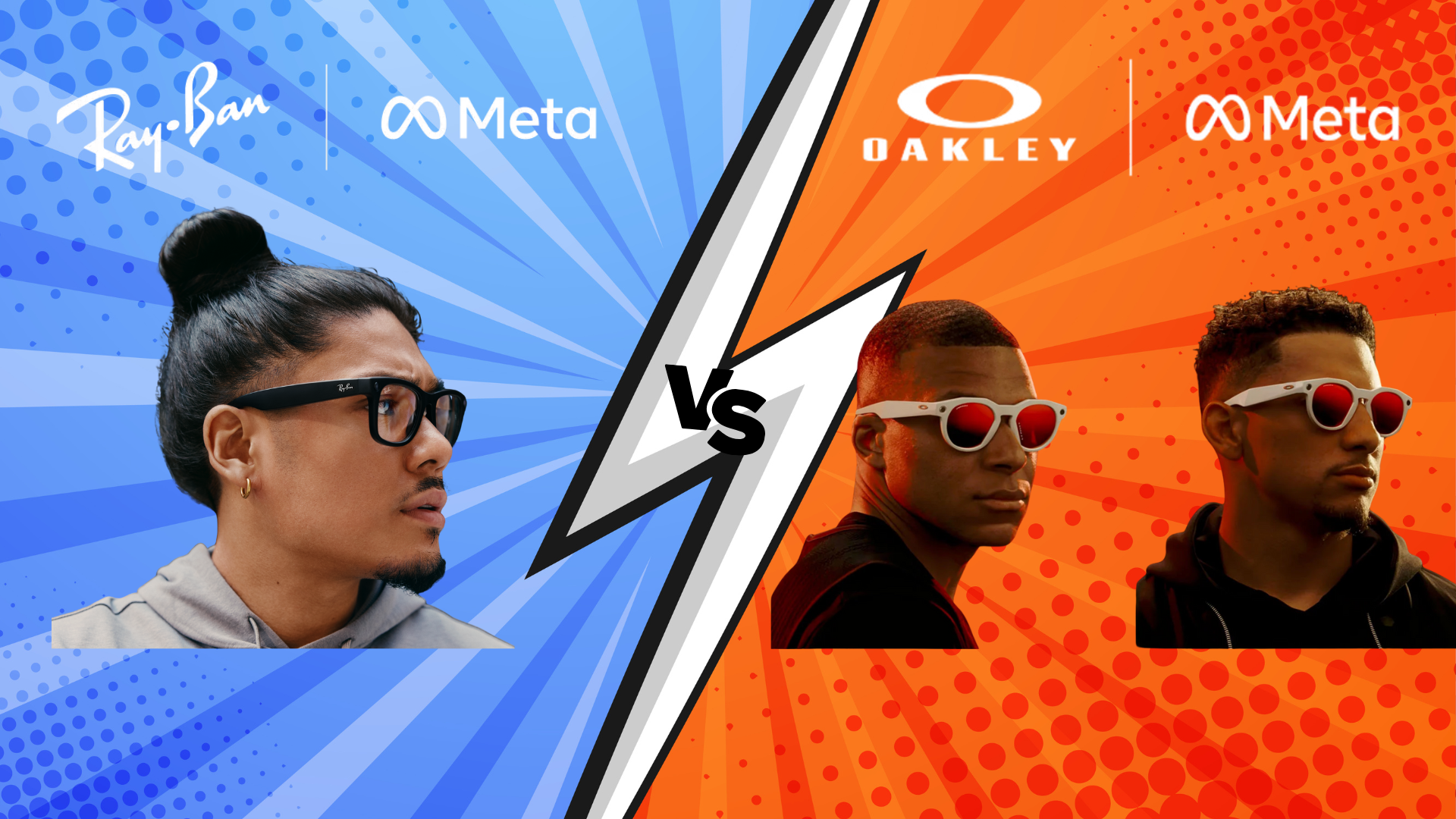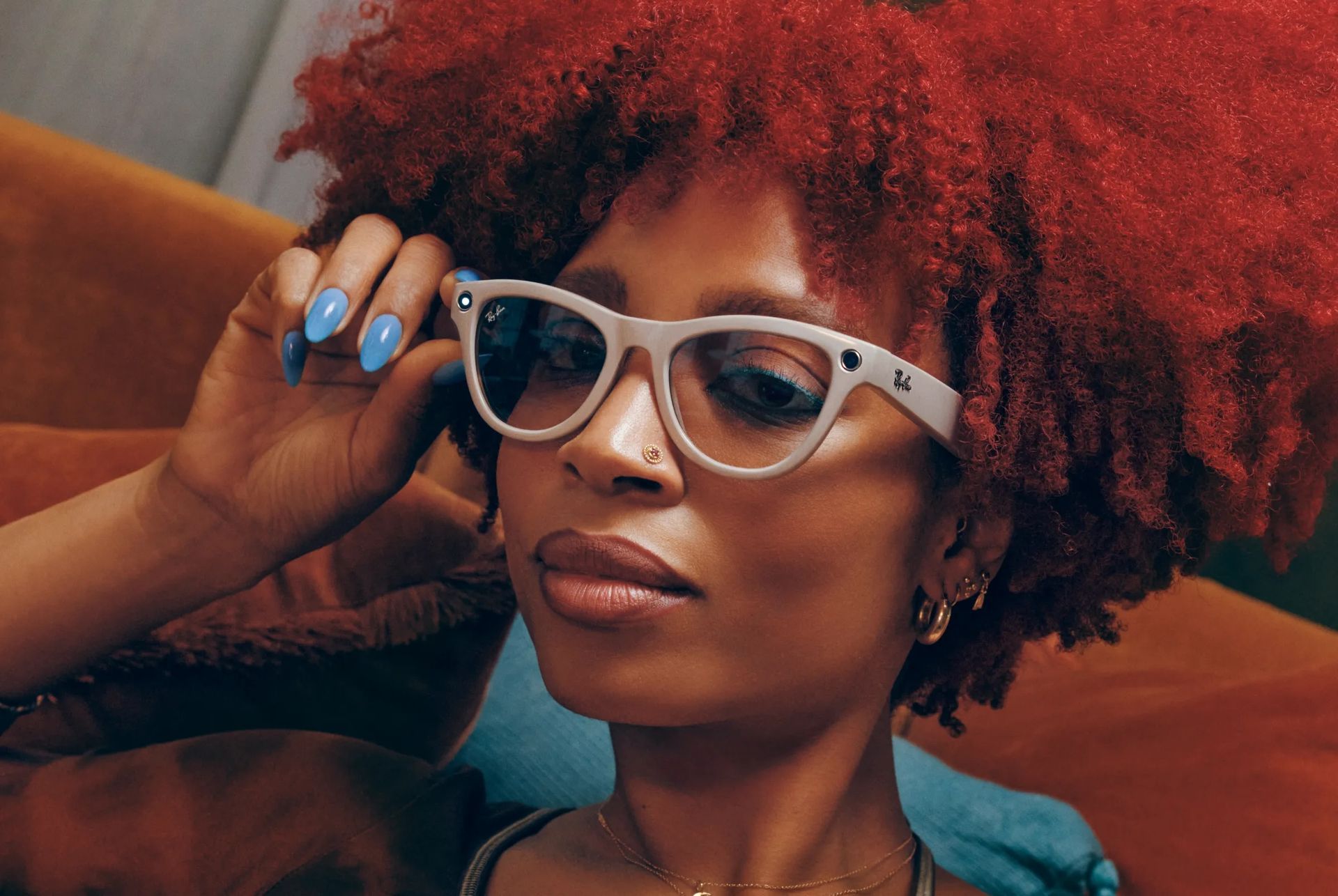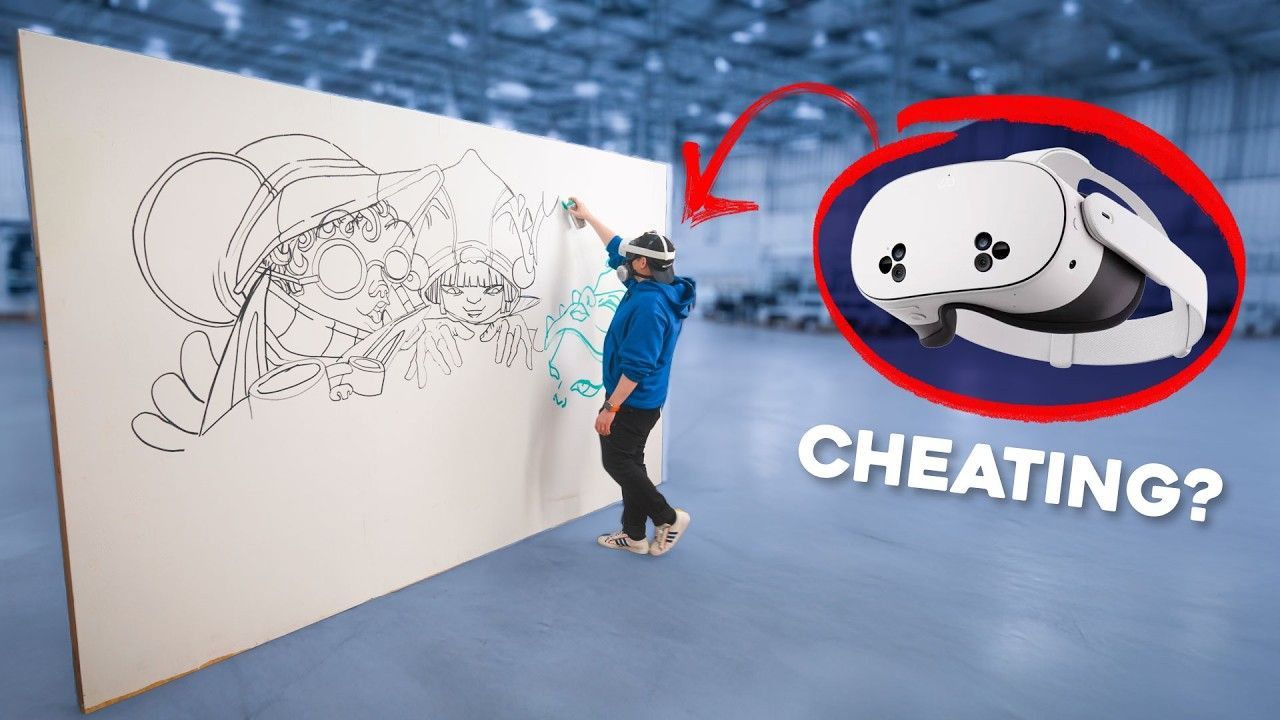Beyond Filters: Brands Unlock 460% ROI with Augmented Reality Experiences on Snapchat and TikTok
Social augmented reality has shifted from novelty filters to a $342 billion market opportunity by 2037, with Fortune 1000 companies realizing a 460% return on ad spend and achieving 70% higher brand recall rates through targeted AR strategies. Early adopters are gaining competitive advantages that will be hard to copy as widespread adoption grows, making 2025 a crucial period for strategic investment.
The convergence of mature AR technologies, widespread consumer adoption, and proven business outcomes has reached a tipping point for marketing leaders. With
75% of the global population
expected to use AR by 2025 and AR campaigns consistently outperforming traditional digital ads by
200-300%, Snapchat and TikTok stand out as the most significant marketing platform evolution since social media first appeared. Companies adopting
comprehensive metaverse marketing strategies are positioning themselves at the forefront of this shift.
Platform evolution drives unprecedented business results
The shift from simple face filters to advanced business tools has been impressive. Snapchat's AR network now delivers 4.5 trillion lens views each year to 375 million daily users, while TikTok's Effect House platform sees 92% of users take action after viewing AR content. This change represents a significant shift in how consumers engage with brands, transitioning from passive viewing to active participation.
The most successful Fortune 500 campaigns demonstrate measurable impact: Nike saw a 30% increase in online sales during AR campaigns, L'Oréal reports 3 times higher conversion rates with virtual try-on experiences, and Samsung achieved a 32.5:1 return on investment through TikTok AR effects. These results are not outliers—they set the new standard for effective digital marketing.
Consumer behavior shifts create massive market opportunity
Generation Z and Millennial consumers have significantly shifted their expectations for brand interactions. 91.75% of Gen Z actively seek AR-enabled experiences, while 66% of luxury shoppers prefer AR try-ons over visiting stores. This change is both lasting and accelerating, presenting a $5 trillion spending opportunity for brands that successfully engage with these groups.
Consumer adoption metrics reveal the scale: over 300 million people use Snapchat's AR lenses daily, 64% of TikTok users regularly utilize face filters, and 98% of consumers who have tried AR found it helpful in making purchase decisions. The infrastructure for widespread AR adoption is already in place, with
1.4 billion
active AR device users worldwide, and every major social platform investing heavily in AR capabilities.
Technology maturation enables sophisticated marketing applications
The technological capabilities available in 2025 significantly surpass those from just two years prior. Snapchat's AI-powered lens creation using GenAI Suite allows brands to develop advanced AR experiences without requiring extensive technical skills, while TikTok's Symphony AI tools can automatically convert static images into dynamic video content.
Advanced measurement capabilities have removed the attribution challenges that previously hindered AR marketing adoption. Real-time conversion tracking, cross-device attribution, and comprehensive analytics platforms offer the data visibility that CFOs and marketing leaders need for strategic investments. L'Oréal's proprietary "cockpit" tool allows real-time ROI tracking across all digital channels, while Snapchat's measurement suite delivers incremental impact assessment and multi-touch attribution.
Snapchat dominates premium AR advertising ecosystem
Snapchat has become the leading platform for advanced AR marketing campaigns. With 375 million daily users and a reach that covers 75% of 13-34 year-olds in over 25 countries, Snapchat provides unmatched access to high-value demographics. Its camera-first approach creates natural integration points for AR experiences, resulting in twice the attention rates compared to other social platforms.
Business measurement capabilities distinguish Snapchat from competitors. Advanced conversion tracking with Snap Pixel, comprehensive brand lift studies, and partnerships with Nielsen and Neustar deliver enterprise-grade analytics. The platform's Goal-Based Bidding system optimizes campaigns in real-time, while Event Quality Score ensures precise conversion attribution across devices.
Recent innovations position Snapchat for ongoing leadership. The fifth-generation Spectacles deliver standalone AR experiences for developers, while the
Depth Module API supports location-based AR with 3D spatial intelligence. These features open doors for advanced retail and experiential marketing campaigns that competitors cannot match. Brands using
Snapchat's social commerce features
are seeing immediate ROI gains through direct purchase integrations within AR experiences.
TikTok effects drive viral brand engagement
TikTok's rapid growth into a full AR platform has opened new doors for viral marketing campaigns. With over 1 billion users and an average daily usage of 54 minutes, TikTok offers a tremendous reach for AR experiences. The platform's Effect House creation tools have made AR development accessible to both technical and non-technical users, allowing them to craft advanced branded experiences.
Business performance metrics highlight TikTok's effectiveness in AR marketing. The platform achieves a 13.8% click-through rate for TopView ads and converts at rates of 3-5% for product promotions. Samsung's Galaxy S21 FE campaign garnered 26 million video views and a 9.5% increase in ad recall, while maintaining an average engagement time of 90 seconds with AR content.
TikTok's Symphony AI tools represent a significant advancement in content creation. The platform's
image-to-video and text-to-video features enable quick content production, while
AI-powered
product demos can showcase products using digital avatars. These tools cut content creation costs without sacrificing high production quality. As explained in our analysis of
how TikTok is shaping the future of AR, the platform's AR ecosystem opens up new opportunities for brand engagement and measurable ROI.
Fortune 500 case studies reveal best practices
The most successful AR campaigns combine strategic planning with platform-specific execution. Nike's multi-platform approach shows how consistent AR experiences across Snapchat, Instagram, and TikTok can boost brand messaging. Their campaigns consistently reach over 20 million views and lead to 25-30% sales growth, setting the standard for cross-platform AR marketing.
L'Oréal's acquisition of ModiFace highlights a strategic investment in AR. The company's 1 billion virtual try-ons worldwide have resulted in three times higher conversion rates, helping to grow e-commerce from 16% to 20% of total sales. L'Oréal's strategy shows how AR can improve both customer experience and business operations.
Coca-Cola's Marvel collaboration demonstrates how AR can boost traditional marketing efforts. The worldwide campaign, spanning over 50 countries, featured more than 30 Marvel characters brought to life through AR, creating engaging experiences across TV, movies, digital platforms, and out-of-home ads. This unified approach maximizes AR investment by expanding campaigns across multiple touchpoints.
Business metrics demonstrate clear value proposition
The financial case for AR marketing investment is strong. AR campaigns deliver an average return on ad spend of 460%, compared to 200-300% for traditional digital advertising. Engagement metrics consistently surpass benchmarks: AR experiences average 45-75 seconds of engagement, compared to 6-8 seconds for traditional billboards, and social sharing rates are 12 times higher for AR content.
Conversion performance has the greatest business impact. AR-enabled retail experiences see a 31% increase in sales conversions, while virtual try-on features lower return rates by 22-40%. For B2B use cases, the University of Idaho reached 69% of undergraduate conversions through Snapchat, with a 22% lower cost per conversion compared to other platforms.
Brand awareness metrics demonstrate lasting impact beyond immediate conversions. AR campaigns consistently reach
70% higher brand recall
and
6X more engagement than static ads. These gains in brand metrics lead to long-term customer value and competitive advantages.
Strategic implementation framework for marketing leaders
Successful AR marketing requires a phased approach that strikes a balance between innovation and measurable results. Phase 1 should focus on pilot programs that establish baseline performance metrics and organizational capabilities. Most Fortune 1000 companies should allocate 10-20% of digital marketing budgets to AR experimentation, starting with high-impact use cases like product visualization or brand awareness campaigns.
Platform selection should focus on reach and capabilities rather than novelty. Snapchat offers the most advanced AR advertising tools and high-quality audience demographics, making it perfect for brand awareness and engagement campaigns. TikTok offers extensive reach potential and viral growth, making it especially effective for product launches and cultural moments. Cross-platform strategies enhance investment by utilizing each platform's unique strengths.
Measurement frameworks should be established early to ensure accurate attribution and optimization. Implementing comprehensive analytics systems, multi-touch attribution models, and real-time performance dashboards enables data-driven decision making. L'Oréal's "cockpit" approach offers a model for integrated AR analytics that connect to broader marketing performance metrics. For detailed guidance on
tracking AR engagement and conversion metrics, comprehensive measurement strategies are vital for maximizing ROI.
Investment priorities for competitive advantage
The strategic window for AR marketing advantage is open, but it is closing fast. Only 30% of Fortune 1000 companies are currently testing AR, creating opportunities for early adopters to gain a market leadership advantage. Companies that invest in AR capabilities now will develop organizational expertise and customer relationships that competitors cannot easily imitate.
Technology partnerships are the most effective way to gain AR capabilities. Instead of building internal teams, most companies should collaborate with specialized AR agencies or use platform-native creation tools. Snapchat's Lens Web Builder and TikTok's Effect House enable advanced AR experiences without requiring in-depth technical skills.
Talent development needs urgent focus. AR marketing blends creative, technical, and analytical skills that are rare in traditional marketing teams. Companies should invest in training current staff while hiring specialists with AR experience. The most successful campaigns come from teamwork between creative and technical professionals.
Future marketplace dynamics and competitive positioning
The AR marketing landscape will consolidate around platform leaders with the most advanced features and largest user bases. Snapchat and TikTok have established dominant positions through significant technology investments and widespread user adoption. Instagram's recent decision to shut down third-party AR effects opens doors for Snapchat and TikTok to increase their market share.
Emerging technologies will open new opportunities for differentiation. Apple's Vision Pro and the larger spatial computing market will facilitate innovative AR experiences. AI integration will automate content creation and enable personalized AR experiences on a large scale. Companies that grasp these trends can position themselves for future growth.
Consumer expectations will continue to evolve toward more advanced AR experiences. Basic filters and simple interactions will become standard, while gaining a competitive edge will require interactive storytelling, smooth commerce integration, and personalized experiences. Brands that invest in cutting-edge AR capabilities now will be better prepared to meet these higher expectations.
Conclusion: The 460% ROI opportunity is real and actionable
The evidence is clear: AR marketing on Snapchat and TikTok consistently achieves a 460% return on ad spend, driven by proven performance factors. Nike's 30% sales growth, L'Oréal's tripled conversion rates, and Samsung's 32.5:1 ROI are not anomalies—they set the new standard for brands effectively implementing AR strategies.
The window for competitive advantage is still open but closing fast. Fortune 500 companies that view AR as a key marketing tool, rather than just an experiment, will gain market share from slower competitors. For brands ready to compare AR advertising ROI with traditional digital channels, the financial benefits are clear and immediate.
Marketing leaders who act strategically now—by implementing the five performance drivers outlined above—will position their organizations for sustained success as consumer expectations shift toward AR-first brand interactions. The 460% ROI opportunity isn't a future possibility; it's a current reality for brands willing to go beyond basic filters to develop sophisticated AR experiences that produce measurable business results.
TALK TO A PRO
We're here to bring your brand to life!
Stay Connected with BrandXR
Create Augmented Reality for Free!
Create, Publish, and Measure 3D Augmented Reality Experiences Without Having to Code.
